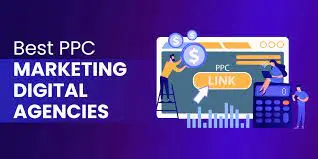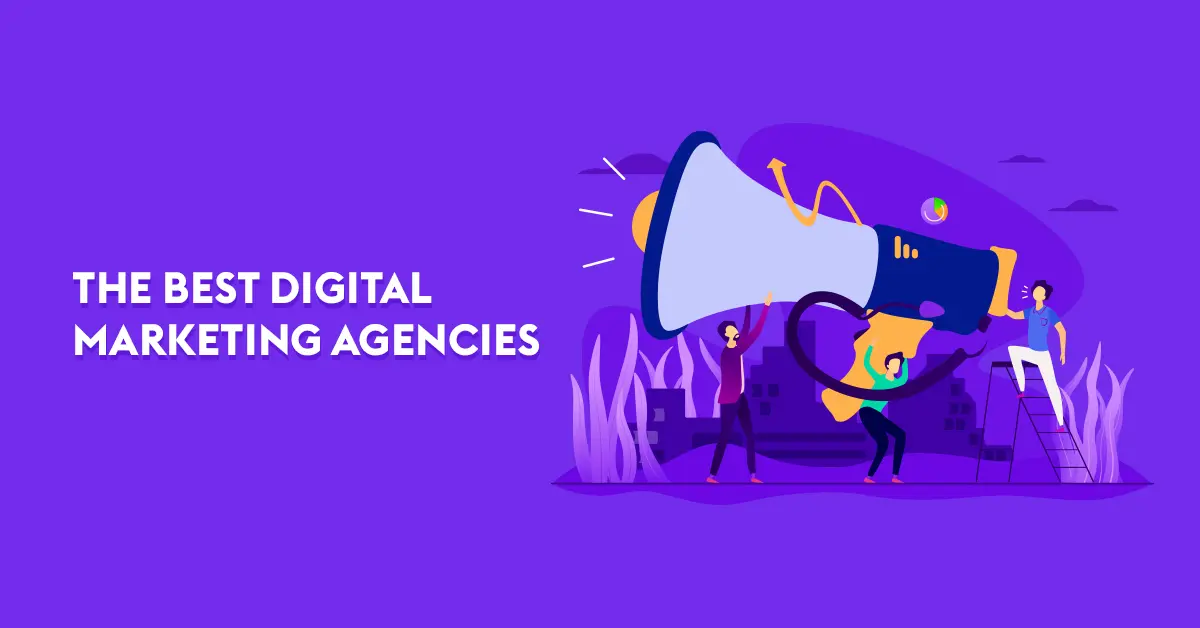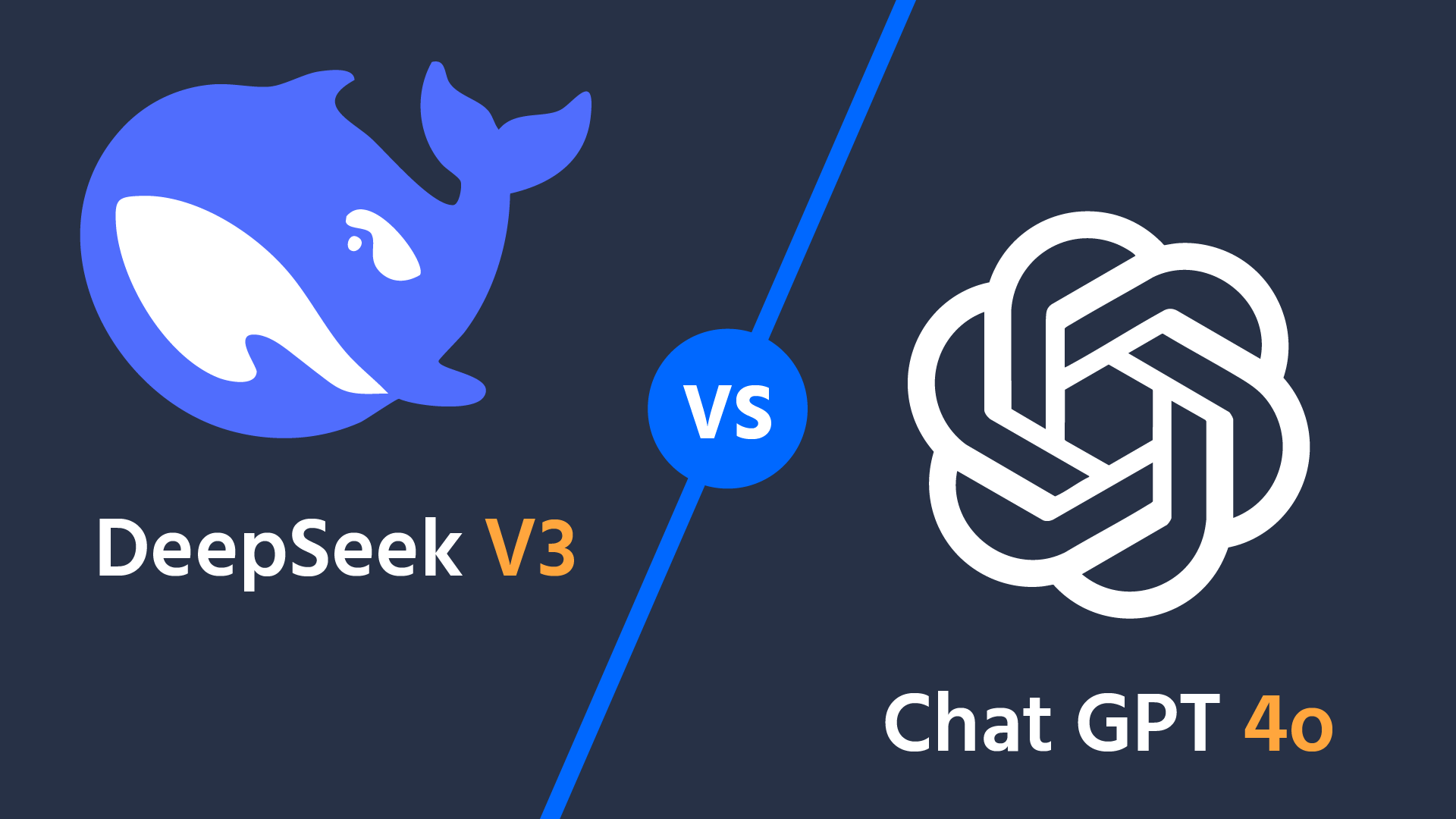Top Benefits of Programmatic Advertising for Businesses in 2025
As we move into 2025, programmatic advertising has become a powerful tool for businesses looking to enhance their marketing strategies. By leveraging automation, real-time bidding, and advanced data analytics, programmatic advertising enables businesses to target their audiences more precisely and effectively. In this article, we’ll explore the top benefits of programmatic advertising and how it can help businesses achieve their marketing goals in 2025.
What is Programmatic Advertising?
Programmatic advertising refers to the use of software and algorithms to buy and place digital ads in real time. This automated process replaces traditional methods of purchasing ad space, which were typically done manually. With the help of artificial intelligence (AI) and machine learning (ML), programmatic advertising can optimize campaigns and improve ad targeting, ensuring that the right message reaches the right audience at the right time.
Top Benefits of Programmatic Advertising
In 2025, programmatic advertising is expected to continue to evolve, offering even more advantages to businesses. Here are some key benefits:
1. Enhanced Targeting Capabilities
One of the most significant advantages of programmatic advertising is its ability to target audiences with a high level of precision. By utilizing vast amounts of data, including demographics, browsing behaviors, interests, and location, programmatic ads can reach specific segments of the population that are most likely to convert.
2. Real-Time Optimization
With real-time bidding and AI-powered optimization, programmatic advertising allows businesses to adjust their campaigns as they run. This means businesses can test different creative elements, adjust targeting parameters, and maximize ad spend efficiency in real time. Real-time optimization ensures better outcomes by continually improving campaign performance.
3. Cost Efficiency
Traditional ad buying methods often involve long negotiations and high upfront costs. Programmatic advertising, on the other hand, uses an auction-based system that allows businesses to bid on ad inventory in real time. This competitive environment results in more cost-efficient ad placements and better control over advertising budgets.
4. Improved Ad Performance and ROI
Thanks to data-driven insights, programmatic advertising helps businesses analyze campaign performance across multiple channels. By tracking metrics such as impressions, clicks, and conversions, businesses can gain a clearer understanding of what is working and adjust their strategies accordingly. This leads to improved return on investment (ROI) and overall ad performance.
5. Access to a Wide Range of Ad Inventory
Programmatic advertising gives businesses access to a vast array of digital ad inventory, including display ads, video ads, mobile ads, and more. Whether it’s premium or niche ad placements, programmatic platforms allow businesses to reach their target audience across various formats and devices.
How Programmatic Advertising Works
Programmatic advertising relies on algorithms and real-time bidding to purchase ad space, which makes the process faster and more efficient. Here’s a quick breakdown of how it works:
- Ad Inventory: Publishers make ad space available through automated platforms.
- Bidding Process: Advertisers place bids in real-time based on their targeting preferences.
- Ad Placement: The highest bidder wins the ad space, and the ad is served to the target audience.
- Optimization: The campaign is optimized continuously based on performance data, ensuring maximum efficiency.
| Benefit | Description | How It Helps Businesses |
|---|---|---|
| Enhanced Targeting | Uses data to target precise audience segments. | Increases ad relevance and conversion rates. |
| Real-Time Optimization | Adjusts campaigns in real time based on performance. | Maximizes ROI by making immediate adjustments to ad campaigns. |
| Cost Efficiency | Uses an auction-based system to buy ad space at competitive rates. | Reduces ad spend waste and allows better budget control. |
| Improved ROI | Tracks campaign metrics to ensure better outcomes. | Increases campaign efficiency and delivers higher returns on ad spend. |
| Access to Ad Inventory | Offers access to a broad variety of digital ad spaces. | Expands reach across multiple platforms and formats. |
The Future of Programmatic Advertising in 2025
As we approach 2025, programmatic advertising will continue to grow in sophistication. AI-driven insights will play a more significant role in ad targeting, and cross-channel integration will become even more seamless. Additionally, privacy regulations like GDPR and CCPA will shape how data is used in programmatic advertising, making it crucial for businesses to adopt ethical practices when handling consumer data.
Programmatic advertising will also continue to incorporate emerging technologies such as voice search, connected TV (CTV), and augmented reality (AR), creating new opportunities for advertisers to reach consumers in innovative ways.
Conclusion: Embracing the Benefits of Programmatic Advertising
As businesses look to maximize their advertising effectiveness in 2025, programmatic advertising offers a range of benefits, from enhanced targeting to cost efficiency and improved ROI. By adopting this automated approach, businesses can achieve better results while optimizing their ad spend. In a rapidly evolving digital landscape, programmatic advertising provides businesses with the tools they need to stay competitive and engage their target audiences effectively.
Explore

The Top PPC Agencies: Pioneering Digital Advertising Excellence

The Top 10 Digital Advertising Agencies of 2025: Who’s Leading the Market?

Top 5 Benefits of AI for Small Businesses

Transform Your Business with IT Cloud Solutions: Benefits, Challenges, and Best Practices

Save on Short-Term Fleet Needs: The Benefits of Temporary Commercial Vehicle Insurance

The Ultimate Guide to Precision Machining: Techniques, Benefits, and Applications

The Ultimate Guide to CNC Machining Manufacturers: Services, Benefits, and Choosing the Right One

A Comprehensive Comparison of DeepSeek and ChatGPT: Features, Benefits, and Limitations
